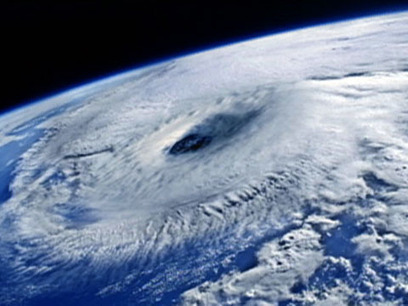Find out how hurricanes can be so destructive.
Not only will you learn about hurricanes but you can also watch videos about lighting, tornadoes, volcanoes, and overall everything about the weather. These are great videos to use in class when teaching units about natural disasters. These videos are full of great engaging facts.



 Your new post is loading...
Your new post is loading...











I absolutely loved watching these videos. I believe they would be a fantastic resource to show students or for students to use for research when exploring natural disasters. This site provides multiple videos on multiple different disasters. Each video provides great information and facts including, causes, when and where they are most likely to happen, the amount of damage, different sizes and speed and past examples. Each video provides such great visuals and explanation for these natural disasters. Students would be able to gain deep knowledge and understandings to support their research and/or investigation. I am currently in the middle of creating a task for my students using digital technologies such as this and incorporating collaboration through Wikis and blog. I plan to use these videos to further my students knowledge and encourage further exploration on these videos for their research.